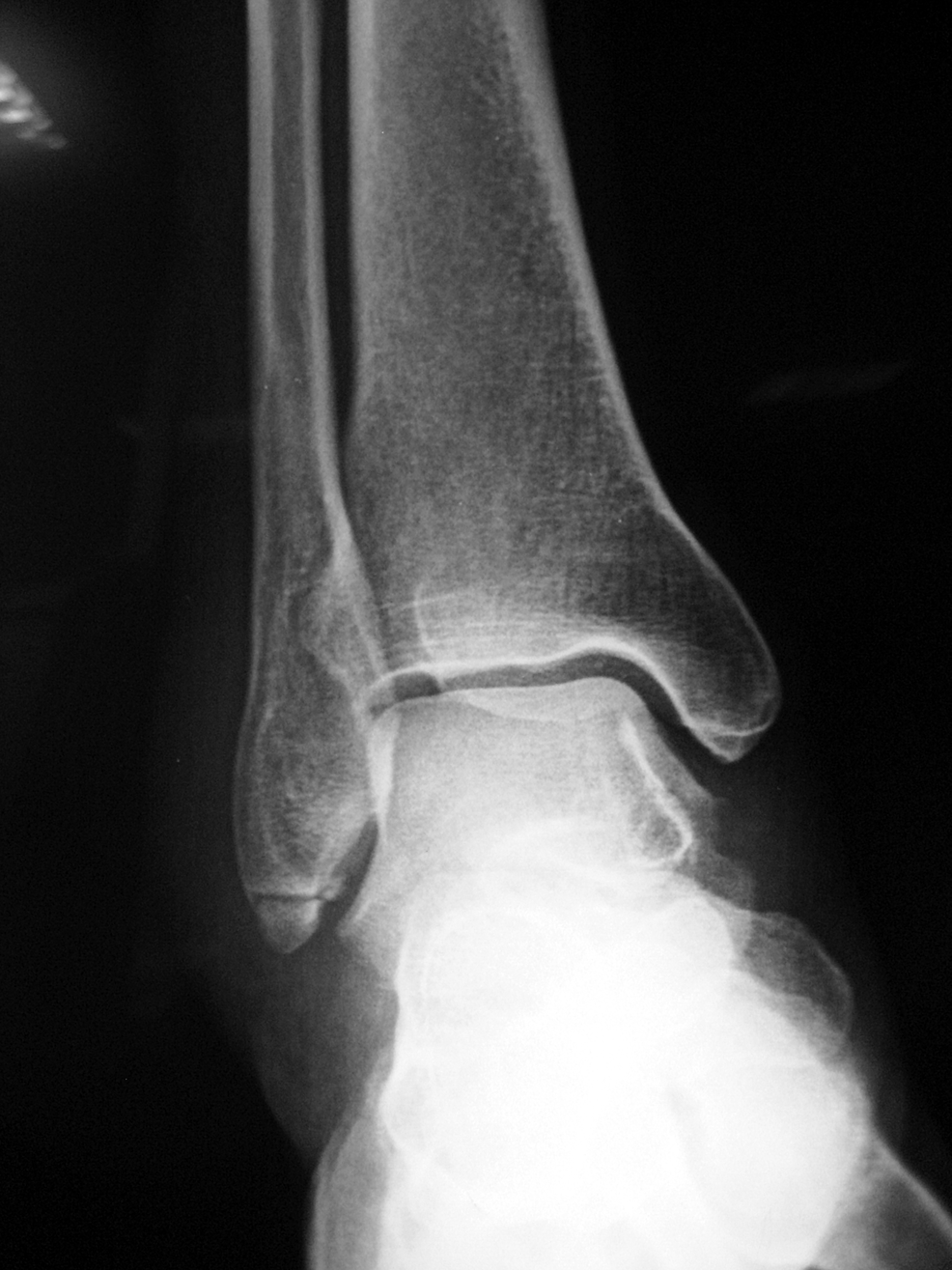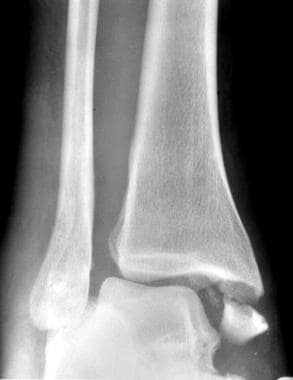

If the doctor gave you a prescription medicine for pain, take it as prescribed.If you have a splint, do not take it off unless your doctor tells you to. Follow the cast care instructions your doctor gives you.Put a thin cloth between the ice and your cast or splint. Try to do this every 1 to 2 hours for the next 3 days (when you are awake). Put ice or a cold pack on your ankle for 10 to 20 minutes at a time.Wait until the medicine wears off and you can think clearly and react easily. For your safety, do not drive or operate any machinery that could be dangerous.It takes time for the medicine's effects to completely wear off. For 24 hours, don't do anything that requires attention to detail, such as going to work, making important decisions, or signing any legal documents.Rarely, surgery may result in incomplete healing of the fracture, which requires another surgery for repair. In some cases, pressure exerted on the nerves can cause nerve damage, resulting in severe pain. The risks and complications that can occur with ankle fracture treatment include improper casting or improper alignment of the bones which can cause deformities and eventually arthritis. What are the Risks and Complications of an Ankle Fracture Treatment? After 2-3 months of therapy, you may be able to perform daily normal activities. Physical therapy of the ankle joint will be recommended by your doctor. What is the Postoperative Care for an Ankle Fracture?Īfter ankle surgery, you will be instructed to avoid applying weight on the ankle and advised using crutches while walking for at least six weeks. The incision is then sutured closed and the operated ankle is immobilized with a splint or cast. With surgical treatment, the fractured bone is accessed by making an incision over the ankle area and then specially designed plates are screwed onto the bone to realign and stabilize the fractured parts. Treatment starts with non-surgical methods, and in cases where the fracture is unstable and cannot be realigned, surgical methods are employed.įor non-surgical treatment, the ankle bone is realigned and special splints or a plaster cast is placed around the joint for at least 2-3 weeks to allow the bones to heal. The treatment of an ankle fracture depends upon the type and the stability of the fractured bone. Immediately following an ankle injury and prior to seeing a doctor, you should apply ice packs and keep the foot elevated to minimize pain and swelling. What are the Treatment Options for Ankle Fractures? In complex cases where a detailed evaluation of the ligaments is required, an MRI scan is recommended.

This test is ordered to determine the stability of the fracture under stress and decide on the need for surgery. In some cases, pressure is applied on the ankle and then special X-rays are taken. This is followed by X-rays and CT scan of the injured area to obtain a detailed view. The diagnosis of an ankle injury begins with a review of your history and a thorough physical examination.

What are the Types of Ankle Fractures?Īnkle fractures are classified according to their location. In the case of a severe fracture, deformity around the ankle joint is clearly visible where a bone may protrude out piercing the skin. In some cases, blood may accumulate around the joint - a condition called hemarthrosis. With an ankle fracture, there is immediate swelling and pain around the ankle as well as impaired mobility. What are the Symptoms of an Ankle Fracture? What are the Common Causes of Ankle Fractures?Īnkle fractures can occur from excessive rolling and twisting of the ankle - usually from an accident or activities such as jumping or falling, which cause sudden stress to the joint. The ankle joint is stabilized by different ligaments and other soft tissues, which may also be injured during an ankle fracture. Pain after ankle injuries can either be from a torn ligament (ankle sprain) or broken bone (ankle fracture).Īn ankle fracture is a painful condition where there is a break in one or more bones forming the ankle joint. Ankle injuries are very common in athletes and individuals performing physical work often resulting in severe pain and impaired mobility.


 0 kommentar(er)
0 kommentar(er)
